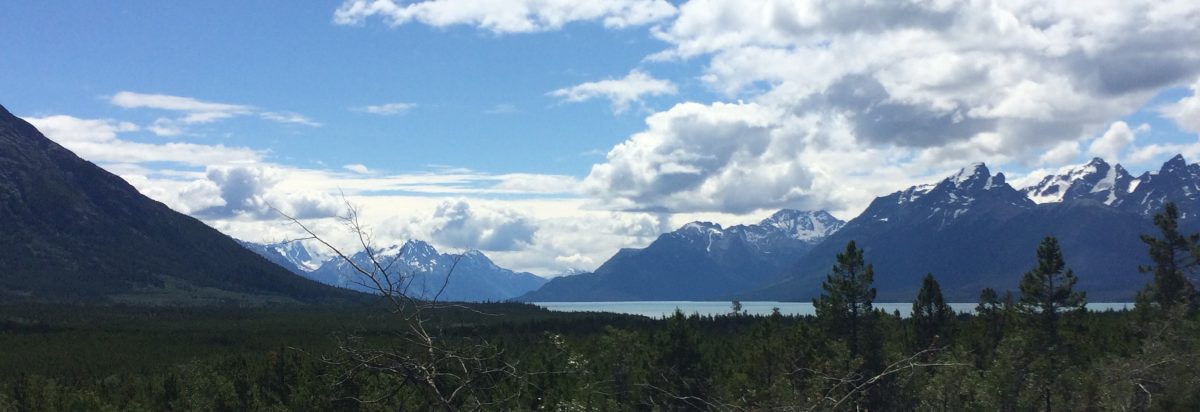The Vikings, who were explorers from Scandinavia, made the first documented European visit to North America around 1000CE. Leif Eriksson and his crew wintered at L’Anse aux Meadows, located at the northern tip of Newfoundland. There is evidence of the crew’s early expeditions due to Viking stories called, Norse sagas. After the Vikings, the next European to make it to Canada was John Cabot in 1497. Europeans such as Chabot were motivated to explore new lands such as Canada because of demographic, political, technological, economic and religious reasons. There was a ton of room for new, exciting things to take place in this new land.
Many more travellers started to come to what would one day become Canada. Jacques Cartier made his first voyage in 1534. He placed a cross at the entrance of Gaspe Harbor to claim the land as his. As one could expect, the indigenous people of the area weren’t impressed with this gesture.
The London and Bristol Company established Cuper’s Cove Colony in 1610. They received a Royal Charter to help secure and make save the trade of fishing. John Guy was named the leader of Cuper’s Cove and was expected to lead the 39 new colonists into this new life over seas. This colony ran into many difficulties while trying to get settled. The Beothuk people did not like the new comers, making trading and the spreading of knowledge impossible.
As shown in this era, there were many different nations coming together. As historians, it is important to include as many stories and ideas as possible to get an even amount of information that isn’t bias.
